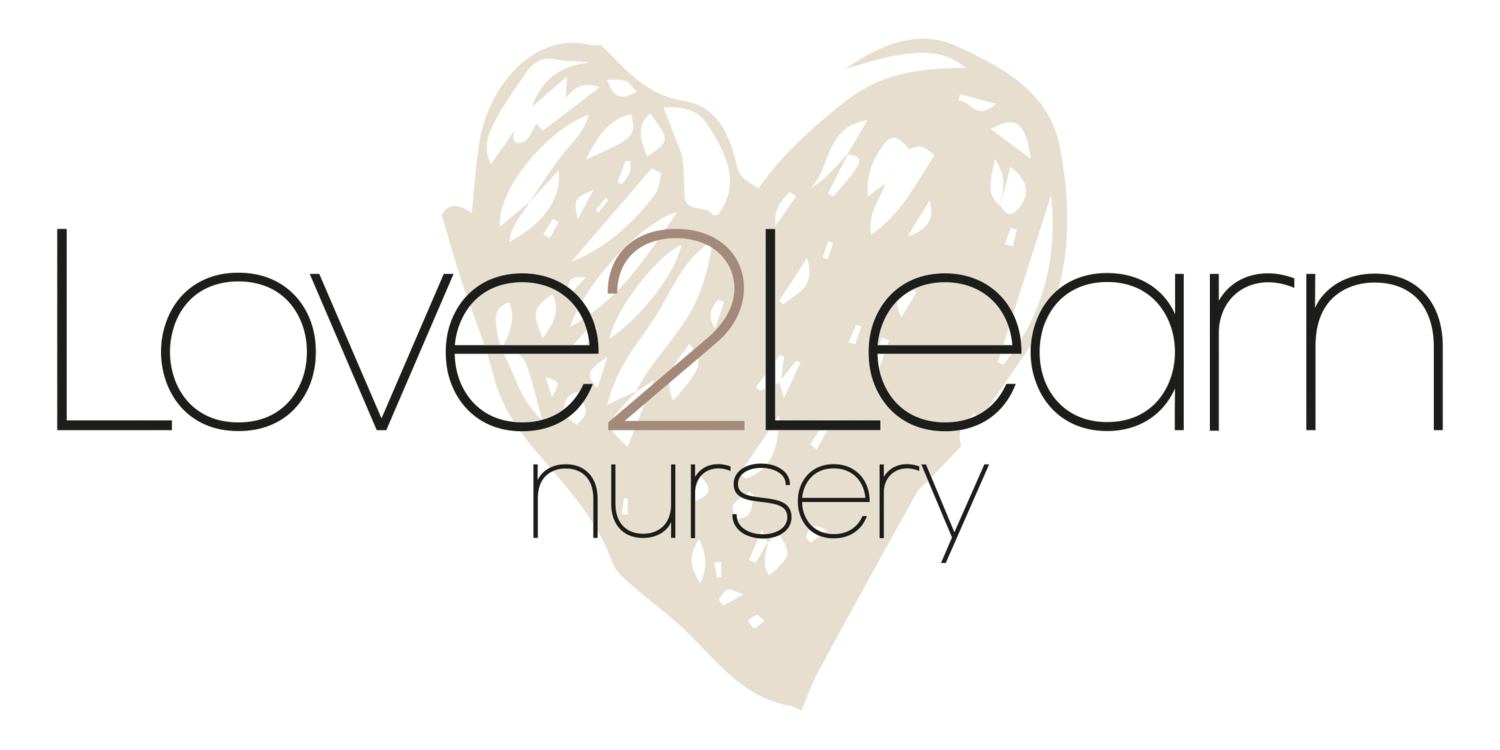What is the Curiosity Approach?
THE CURIOSITY APPROACH
W E L C O M E T O T H E J O U R N E Y
As a founding Curiosity Approach setting we are passionate about early years, inspiring our little ones to be the 'thinkers & doers' of the future.
The Curiosity Approach is a wondrous ethos that focuses on Curiosity, Awe, and Wonder in Early Childhood.
Through this approach, children learn through the use of authentic resources, recycled materials and loose parts.
A mindful and passionate team create amazing play spaces for children, where they have the opportunity to become inquisitive capable learners.
The Curiosity Approach is a wondrous ethos that focuses on Curiosity, Awe, and Wonder in Early Childhood.
The Curiosity Approach settings regularly reflect on our current practice and standards and always strive to make positive changes to their environment.
The Curiosity Approach is an ethos/approach where we focus on celebrating magical moments in early years, providing passion, and the invitations to learn, which will promote Curiosity, Imagination, Awe & Wonder for children.
O U R N U R S E R Y I S A C A L M T R A N Q U I L S P A C E
Through The Curiosity Approach, we aim to provide a home-from-home environment, through a calming, tranquil space.
Neutral colours, natural materials, cosy places for children to sit and look at books or engage in deep learning.
Bright colours, painted windows and rooms crammed with walls full of displays, laminated sheets and number lines, over stimulate children and can lead to over sensitivity, anxiety, and loss of concentration.
We aim to provide excellent learning opportunities without impacting on your child's happiness and well-being.
Question: Have you ever been to the ‘clothes sales’, keen to go to the seek out a deal? You enter the store and immediately the atmosphere changes.
Music plays methodically in the back ground, not hearing it, not interested in it - however, it is there filling your ears relentlessly.
Clothes hang from every station, brightly coloured miss-matched items, all dragged out from every season and displayed to catch your eye and attention. No order to the arrangement, no purpose, just there to show you everything that has been on offer, over the past few months and sometimes blooming years.
Clothes or other random items fill every shelf, surface, just in case it meets your style or it might interest you in some way; a whole array of different, random pieces to meet the wide variety of tastes, sizes, styles and ensure the store meets the diverse needs of its wide ranging customers.
Stuff is everywhere, messy unorganised chaos, as people toss items aside, with no regard for their value or replacing it back on the hanger it once came from or the shelf it once was displayed on.
People move quickly, their behaviour rude, kurt and with no regard for the fellow shoppers that share this environment. The music still drones on, like a constant ear worm – ever relentless, ever playing!
The artificial lighting is set too bright, glaring constantly to show case the items within. The shopper next to you pushes you out the way to grab the item on the shelf, shoving their pointy elbows in your side as they make a grasp for that last remaining sale item.
How are you feeling?
Can you relate to such a shopping experience?
Did you want to get OUT pretty sharpish?
Did you want to escape as quickly as you entered, not interested, not engaged, not focused on the wealth of items on offer?
Are you experiencing sensory overload?
LET’S REFLECT…
As early years educators we need to reflect on our own environments. To think outside the box and view your play space through the eyes of the children within.
At our setting, we work tirelessly to improve the experiences and learning opportunities for children.
To ensure children never feel over anxious, stressed or over stimulated. we aim to provide a space children feel happy, content. to feel safe and secure to play explore and investigate, to be motivated, stimulated, curious inquisitive learners, who are given opportunities to reach their full potential and the 'wings to fly'.
We reflect on questions, such as :
Does our play space feel homely, inviting and not institutionalised?
Do we have elements of nature within, plants, flowers, nature, water etc?
Are resources thoughtfully presented – inviting children with subliminal messages to come explore, investigate and play?
Inspiring curiosity in early childhood.
Are resources easily assessable, allowing opportunities for self-selection, promoting independence and opportunities for free choice?
Do we offer children the opportunity to access authentic resources, loose parts, and recycled materials?
Resources that allow children opportunity to learn how to think, not what to think.









